The kumquat is a perennial, evergreen citrus tree or shrub, reaching up to 60″ (150 cm) in height. The name "kumquat" derives from Chinese, meaning golden orange. The fruit of kumquat really does look like an orange but resembles more of a mandarin in size, even smaller. The plant is also known by the name Fortunella.
Kumquats have densely growing branches, glossy green leaves and white or yellow flowers. The fruits are either round (Fortunella japonica) or oval (Fortunella margarita), small, golden yellow, orange or bright orange. They reach up to 1 3/4″ (4.5 cm) in length and 1″ (2.5 cm) in width. The skin of the fruit is smooth, flavorful and sweet-tasting. The fruit is usually divided into 4-7 sections, each containing 2-5 seeds. The fruits can be eaten along with the skin.
Kumquats bloom in the fall with beautiful colors, while the fruits ripen in February and March. They have a sweet, sour juice and are usually difficult to grow. They create and grow hybrids between kumquats and citrus fruits - limequat (lime and kumquat), mandarinquat (mandarin and kumquat), sunquat (lemon and kumquat) and so on.
History of Kumquat
In 1912, botanists designated the kumquat in its own genus, Fortunella, since its rind is thinner and sweeter than other citrus fruits. The genus consists of 4 species, with only the Fortunella hindsii (Hong Kong Kumquat) found in the wild.
The plant arrived on the island of Corfu for the first time after the First World War but has been cultivated in China since the Middle Ages. Later, Fortunella japonica was added to the genus Fortunella, which despite its name, also comes from Southeastern China. It also grows into a small tree with round, small, bright orange fruits.

Throughout the years, many natural and artificial intergeneric hybrids have sprung up. That is why they sometimes call the plant Chinese mandarin and other times golden orange. In the mid-20th century, the English spread the kumquat throughout Europe. Today, it is grown in China, Indochina, Japan, Florida and California.
Composition of Kumquat
Kumquats are favored by health food lovers since they are rich in mineral salts and vitamins, especially vitamin C. Like all other citrus fruits, kumquats are low in calories. 3.5 oz (100 g) of fresh fruits contain just 71 calories.
Benefits of Kumquat
The exotic plant is a source of health beneficial minerals. Kumquats contain calcium, copper, potassium, manganese, iron, selenium, zinc, pectin, vitamins A, C and E, dietary fiber, antioxidants such as carotene, lutein, zeaxanthin, tannins. The citrus also contains decent levels of group B vitamins such as thiamine, niacin, pyridoxine, folates and pantothenic acid.
Growing Kumquat
Grown at home, this bush can reach up to 3.5 ft (1 m) high, on rare occasions even higher. The kumquat is a light loving plant, it needs a sunny place to grow and it is advised to put it out in the open during the summer. In winter, it needs to be taken inside to a cool, sunny area, with a temperature of about 40°F (5°C).
Throughout the summer months, the plant needs to be watered generously. Water it moderately during wintertime but do not allow excessive moisturizing or drying of the substrate. The plant needs to be sprayed regularly with a spray bottle, especially during the summer heatwaves when the air is very dry or during the winter, if the plant is in a room with a heater.
Kumquats need to be watered with warm water at room temperature only since the leaves of citrus plants wither from cold water. Most shoots must be cut off during the spring, with no more than 3-4 young shoots left on each branch. You can make more plants using cuttings.
After 5 years of age, the plant can be moved to a larger pot. It is advised to transplant it every 2 to 3 years, best during March. During the spring and summer, the kumquat needs to be fertilized 2-3 times a month with mineral fertilizers, sawdust or liquid fertilizer. Fertilizing should be done less frequently during the fall and winter - once a month.
Cooking with Kumquat
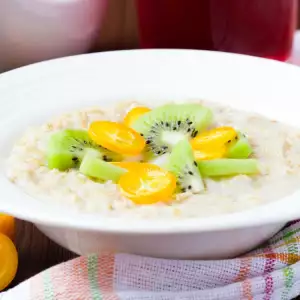
Kumquat fruits are sour and very flavorful. They can be consumed raw, with the peel or processed. Thanks to its freshness and small size, the kumquat is among the preferred cocktails fruits. At times, it can be used as a substitute for the martini olive. Besides decorating cocktails, kumquats complement their taste excellently. The orange taste in the martini can easily be replaced with Fortunella. In gin and tonic, kumquats replace the lemon.
Kumquats are used to make delicious marmalades, jams, compotes and tinctures. The exotic fruits are also added to ice creams and fruit salads, made into jellies, gelatins and used to enhance the flavors of fish and fowl dishes. They can serve as cake decorations or other original dish decorations.
This small fruit can easily be used to make a spicy sauce for roasted meats. When sliced round and thin, a kumquat is a perfect addition to asparagus and pork. Undoubtedly it has various culinary applications - besides raw, it can be dried, candied, made into a liquor, jam, brandy and so on.
The citrus fruit has a tonic and refreshing effect. Juice from kumquats, mixed with hot water, relieves achy throat. Kumquats can be included in diets without a problem - of course, raw only, not candied or as a jam.
Kumquats improve digestion, freshen and charge the body with energy. They have a bactericidal action, are used to treat fungal infections and respiratory illnesses.
The substances contained in kumquats help lower the risk of developing cancer, diabetes, degenerative diseases and infections. Furthermore, the plant has antiviral and anticancer properties and helps prevent degenerative nerve diseases, arthritis and others.
As already stated, this wonderful plant is widely used in the culinary arts. With its slightly bitter and sour fruits, the kumquat easily wins over fans of the spicy. If however, you're not a huge fan of bitter-sour tinges, you can soften the taste of the fruit with honey, sugar or other spices.
Kumquat Smoothie Recipe
Ingredients: kumquats - 8, ice - 1 cup, lemon juice - 2 tbsp, honey - 1 tbsp, cinnamon - if desired.
Preparation: Wash the kumquats well and put them in the blender along with the ice and lemon juice. Blend these ingredients. Sweeten the resulting mixture with honey and stir. Serve the smoothie in glasses. Optionally you can sprinkle with a little cinnamon.
This exotic fruit is definitely not everyone's favorite but if you diversify your menu with it, it will guarantee you prime health, a fresher and more toned appearance.
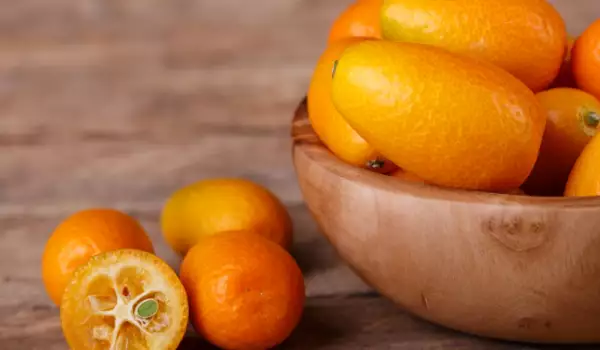

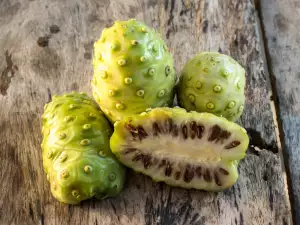
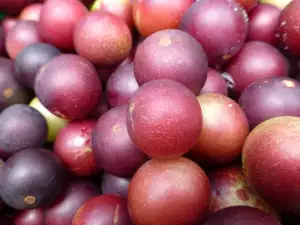



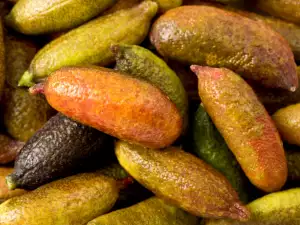

Comments